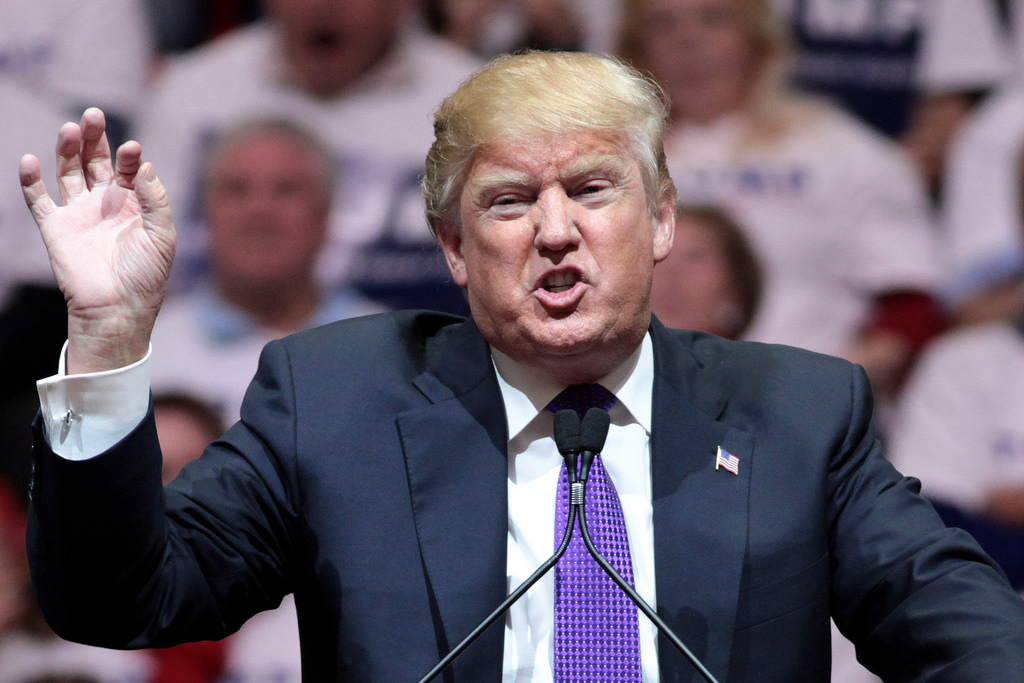Abortion rights, women of color, and LGBTQIA+ people are under attack. Pledge to join us in fighting for gender justice.
The Economy Isn’t Broken…Trump Just Wants to Cut Taxes

In order to justify a budget that makes massive cuts to spending and assumes tax cuts that disproportionately benefit the wealthy, President Trump’s budget documents proclaim that the President inherited a bad economy. In fact, the budget describes the economy as “broken” and “stagnant.” President Trump has had a lot to say about how bad President Obama’s policies were for the economy and how great he will make the economy. President Trump says that drastically reducing spending and providing enormous tax giveaways to the wealthy and corporations, as set forth in the Administration’s budget proposal, will spur economic growth and “make our economy great again.”
It is worth remembering that when Obama came into office, he in fact inherited an economy that was truly struggling and in the throes of the Great Recession – and took swift action to stimulate the economy as a result. In contrast, Donald Trump inherited an economy that had largely recovered, according to many indicators, by the time he took office. Here are a few commonly used indicators showing that Donald Trump’s claim that the economy is failing is exaggerated:

Source: Federal Reserve Bank of St. Louis
In the introduction to his budget, President Trump says “our economic growth” during Obama’s term “has been historically abysmal,” focusing heavily on GDP growth as an indicator of economic health. He then compares average GDP growth from the end of World War II to 2007, without acknowledging that our average GDP has been trending downward. But while the GDP was shrinking at the beginning of Obama’s term; it was growing again by the beginning of Trump’s term – indicating a healthier economy.

Source: Bureau of Labor Statistics: Unemployment, Total unemployed
President Trump has also discussed unemployment a great deal. He has asserted as recently as April that we are experiencing catastrophically high unemployment, although he frequently invokes an economic metric that significantly overestimates the number of people who are unemployed. The unemployment rate represents the percentage of people who are in the labor force and do not have a job. As this chart shows, the unemployment rate was much higher when Barack Obama entered office. In contrast, the unemployment rate of 4.8 percent that was in effect in January 2017, when President Trump came into office, was at a nine-year low and is close to what many economists consider full employment. Even when including people who have stopped looking for work or who have a part-time job but would prefer a full-time job, as President Trump says should be done, the total unemployed and underemployed dropped 5 percentage points between January 2017 than January 2009 – from 14.2 percent to 9.4 percent. The current rate of unemployment, regardless of which statistic you use, is also much lower than President Trump’s estimates.

Source: Federal Reserve Bank of St. Louis – Seasonally Adjusted, Non-Seasonally Adjusted
The weekly number of initial claims for unemployment insurance represents how many people recently lost their job and applied for benefits. The number of people who filed an initial claim for unemployment insurance was much higher the week of Barack Obama’s inauguration than the week of Donald Trump’s inauguration, even with seasonally adjusted numbers. Initial claims for unemployment insurance have remained low for a couple of years now, in the range that economists consider to be a sign of a healthy labor market.
While not every economic indicator was better when Donald Trump took office, it is clear that he came into office when the economy was on the upswing. So the justification for this draconian budget is certainly not supported by the facts. Even if it were, Donald Trump’s plan to cut taxes for the rich and corporations while cutting critical programs that support working families would not make our economy great again. Instead, maybe the Administration should stick with the policies that turned the economy around, and make even more investments in working men, women, and their families.



